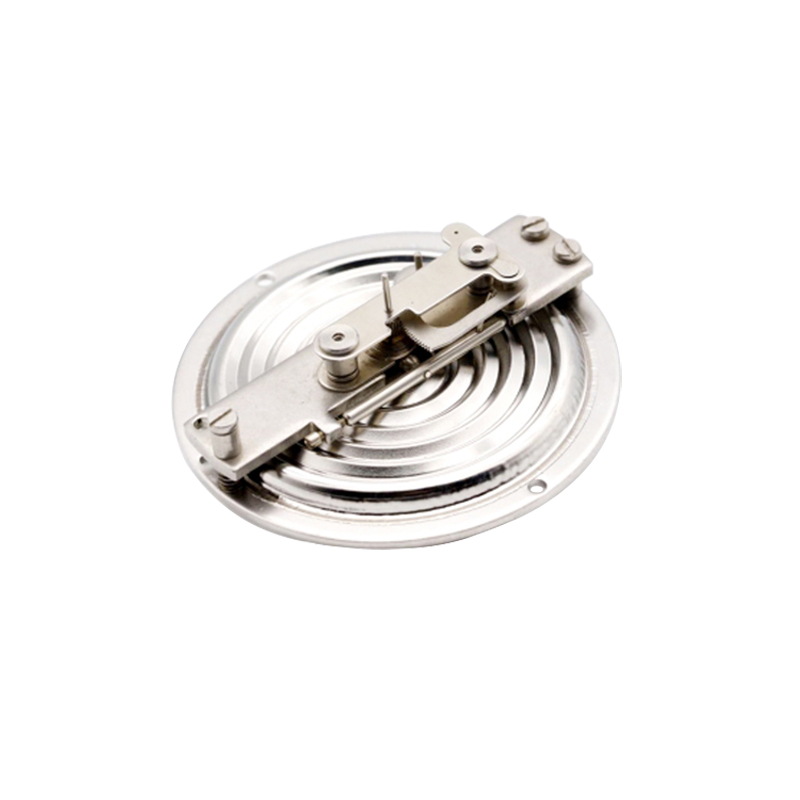
Ago . 31, 2024 17:46 Back to list
jah diaphragm type differential pressure gauge
Understanding the Diaphragm Type Differential Pressure Gauge
A diaphragm type differential pressure gauge is an instrument widely used in various industrial applications to measure pressure differences between two points. This device plays a crucial role in ensuring the efficiency and safety of processes by providing accurate and reliable pressure readings. Its operation is based on the deflection of a diaphragm, which responds to pressure variations, making it an essential instrument in areas such as chemical processing, oil and gas, HVAC systems, and water treatment.
How It Works
The fundamental principle behind the diaphragm type differential pressure gauge lies in the diaphragm—a flexible membrane that separates two pressure chambers. One side of the diaphragm is exposed to a reference pressure, while the other side experiences the measured pressure. When there is a difference between these two pressures, the diaphragm deforms or deflects. This deformation is directly proportional to the pressure difference and is translated into a readable value on the gauge's scale.
Typically, the diaphragm is made from materials that can withstand various environmental conditions, such as stainless steel or elastomers. The choice of material depends on the specific application and the fluids being measured. The gauge may also include features that enhance its performance, like a liquid-filled casing for vibration dampening or a protective shield to prevent damage from external impacts.
Applications
Diaphragm type differential pressure gauges are utilized in a range of applications. In the oil and gas industry, for example, these gauges can monitor pressure drops across filters and separators, ensuring optimal performance and avoiding system failures. In HVAC systems, they are used to measure the pressure difference across air filters, which helps maintain indoor air quality and energy efficiency.
jah diaphragm type differential pressure gauge

Moreover, in chemical processing, these gauges allow for the monitoring of pressure differentials in reactors and pipelines, which is critical for maintaining safe operating conditions. By ensuring that pressure levels remain within designated thresholds, organizations can prevent leaks, explosions, or other hazardous incidents.
Advantages
One of the significant advantages of diaphragm type differential pressure gauges is their simplicity and reliability. Unlike electronic systems that may require complex calibration and maintenance, diaphragm gauges are often more straightforward to read and interpret. They are also less susceptible to electrical interference, making them a preferred choice in environments with potential electromagnetic disturbances.
Additionally, the robustness of these gauges makes them suitable for harsh conditions, including high-pressure and high-temperature environments. The ability to withstand such conditions without compromising accuracy is a vital characteristic that enhances their utility across different sectors.
Conclusion
In conclusion, diaphragm type differential pressure gauges are indispensable tools in modern industrial applications. Their ability to provide accurate pressure readings in various environments facilitates improved operational efficiency and safety. As industries continue to evolve, the integral role of these gauges in monitoring and managing pressure differentials will only become more pronounced, highlighting the need for ongoing advancements in their design and functionality. By understanding and utilizing these instruments effectively, companies can ensure better process control and enhanced performance in their operations.
-
High-Precision 5 Valve Manifold Differential Pressure Gauge Suppliers
NewsApr.29,2025
-
High-Precision Diaphragm Vacuum Pressure Gauges Manufacturers & Quotes
NewsApr.29,2025
-
Omega Differential Pressure Gauges High Accuracy & Durability
NewsApr.28,2025
-
Low Pressure Differential Pressure Gauges Precision Solutions & Quotes
NewsApr.28,2025
-
Digital Diaphragm Pressure Gaauge Precision Measurement & OEM Quotes
NewsApr.28,2025
-
Differential Pressure Gauge China Price High-Accuracy & Best Quotes
NewsApr.28,2025
